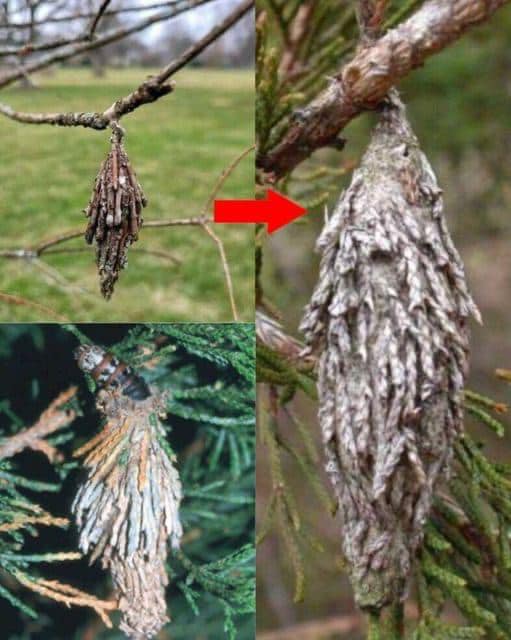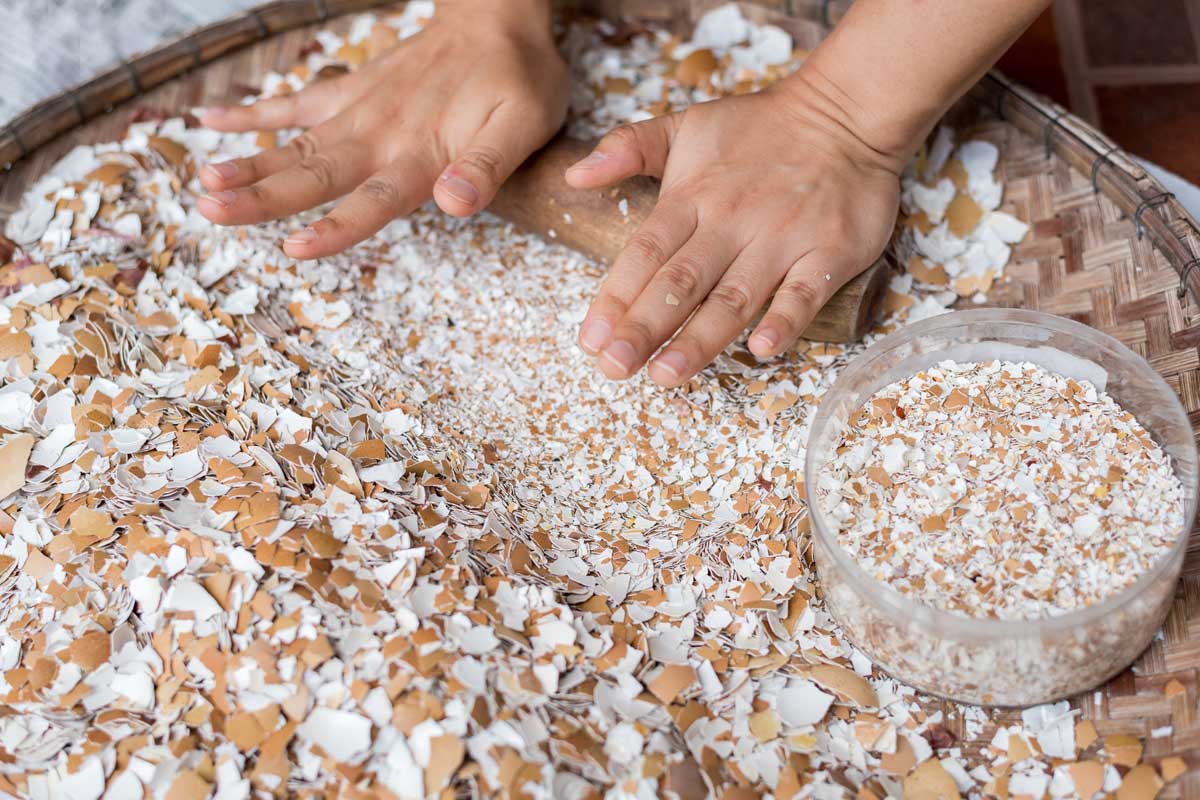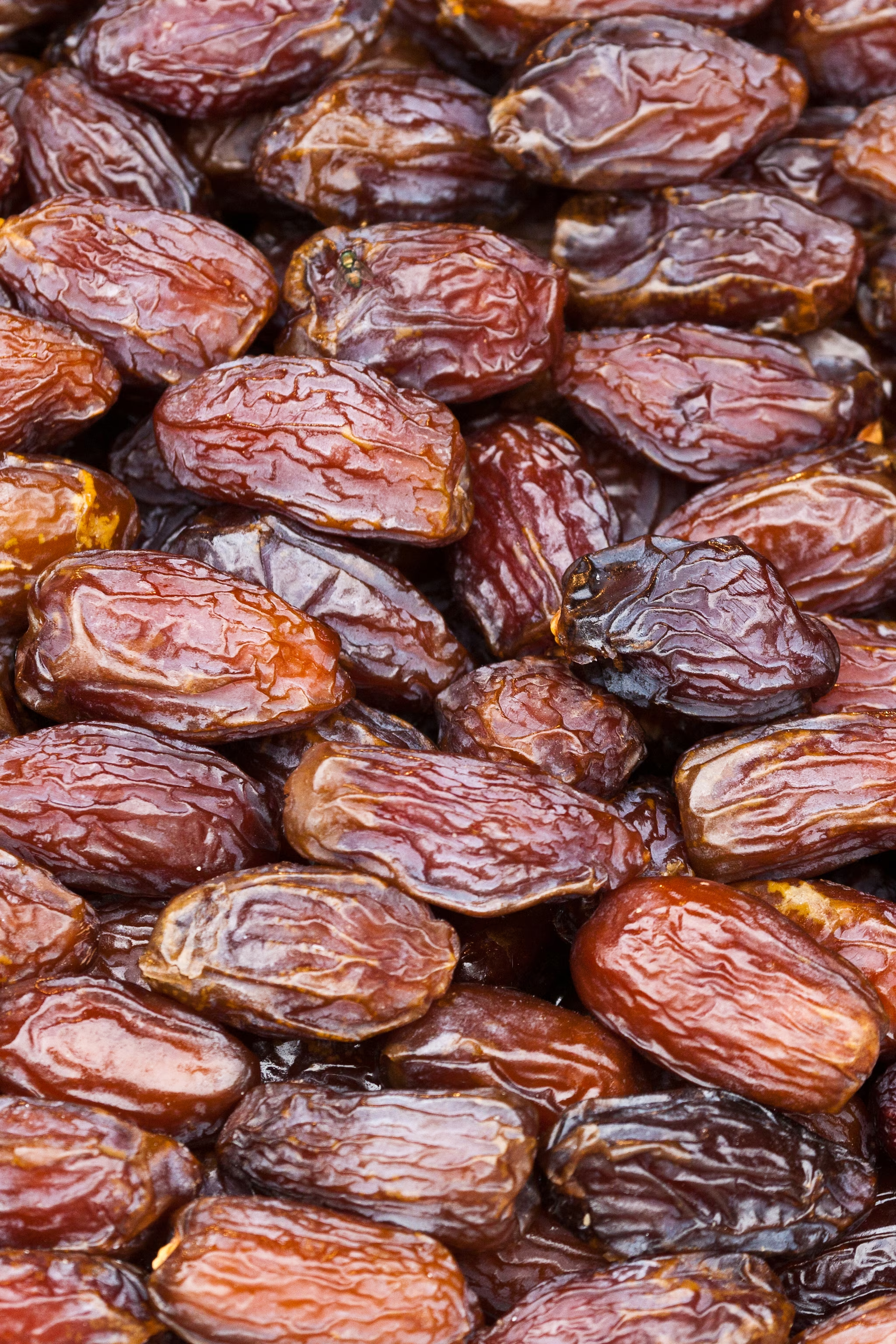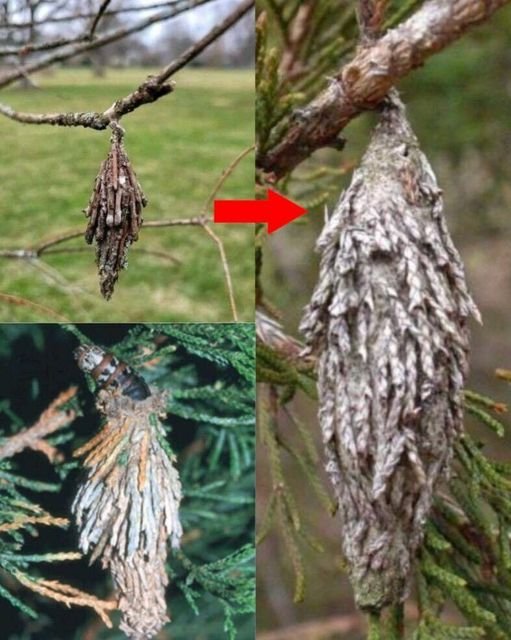
Anyone who has experienced an infestation of evergreen bagworms knows the impact these tiny critters can have on our cherished trees. These beautiful evergreen trees can lose their pine needles and eventually perish. But don’t worry! There are ways to save our trees if you know the right steps to take.
Evergreen Bagworms: A Quiet Threat
Few pests threaten the health and beauty of trees like evergreen bagworms. Scientifically known as Thyridopteryx ephemeraeformis, these pests belong to the Psychidae family. Though small and often hard to spot, they can cause significant damage. They get their name from the unique protective coverings they create, which resemble small pouches hanging from tree branches.

Over time, these coverings grow into portable shelters and camouflage devices. Understanding the life cycle of evergreen bagworms is crucial for effective management and control. The cycle begins when the adult female lays eggs in the pouch, which remains on the tree after she dies. These eggs stay dormant throughout winter, hatching in late spring or early summer into tiny larvae that seek out a host tree.
The Life Cycle of Evergreen Bagworms
Once the larvae find a suitable host, they create their own pouches using silk from special glands in their bodies. Initially small and hardly noticeable, these pouches become larger and more visible as the larvae grow and fill them with plant debris. The larvae go through several stages of growth, molting and shedding multiple times, with new pouches forming at each stage. In late summer or early fall, they enter their final growth phase, preparing to pupate.
Inside their protective shells, the larvae transform into adults. In about two weeks, the adult moths emerge from the pouches. Wingless female moths remain close to the trees where they were born, while the males, smaller and darker with pronounced wings, fly off in search of females.
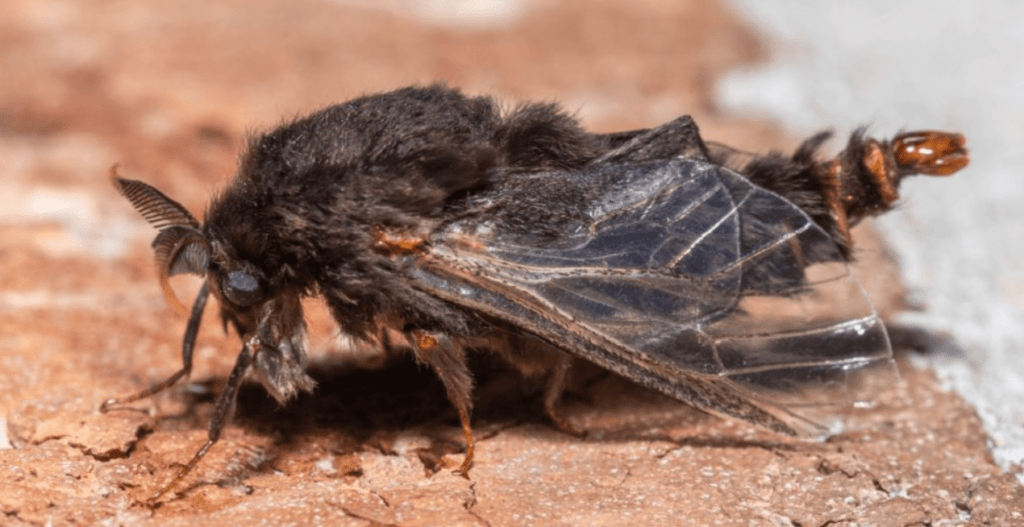
The Destructive Nature of Evergreen Bagworms
Evergreen bagworms may seem harmless at first, but if left unchecked, they can cause severe damage to your trees. These pests are voracious eaters, devouring the leaves of various tree species. They remain hidden in their pouches, benefiting from the protection and camouflage these provide. As they feed on the leaves, they deprive the tree of nutrients essential for growth and survival.
This feeding behavior weakens the tree, making it more susceptible to diseases, pests, and environmental stress. If not addressed, bagworm infestations can severely damage or even kill trees.
Controlling Evergreen Bagworm Infestations
To protect your trees from the destructive effects of evergreen bagworms, maintaining their health through prompt and effective treatments is essential. Here are some strategies and tips to consider:
By keeping your trees healthy and taking preventative measures, you can shield them from the silent threat of evergreen bagworms.
Evergreen bagworms are tiny and often invisible, but they can silently kill trees. By understanding their life cycle and the damage they can cause, along with implementing proper management techniques, you can protect your trees from these harmful invaders. Regular inspections, preventative actions, and maintaining healthy trees are key to managing pests and preserving the beauty and vitality of your landscape. Don’t let these silent invaders take away the joy your trees bring.
